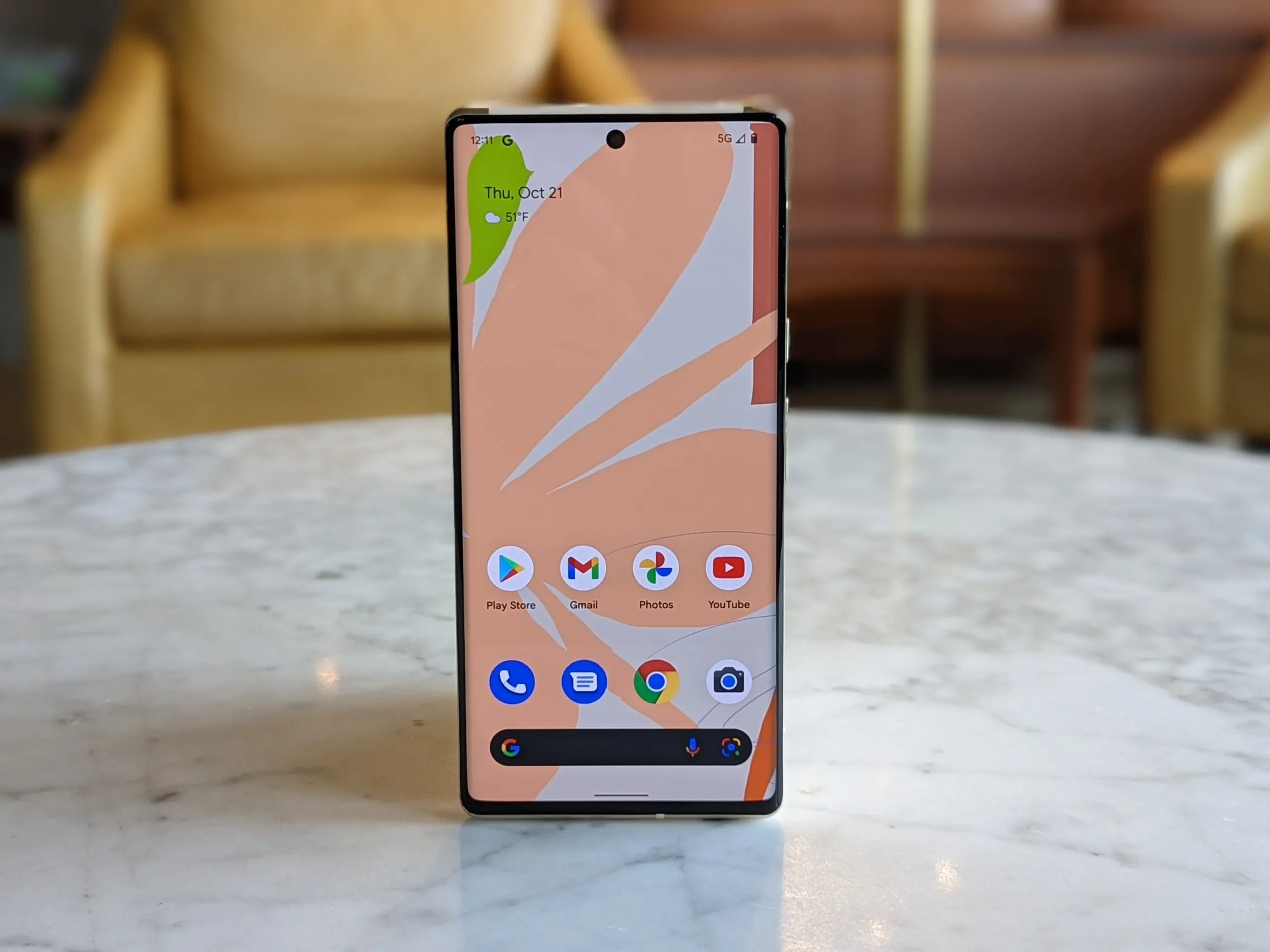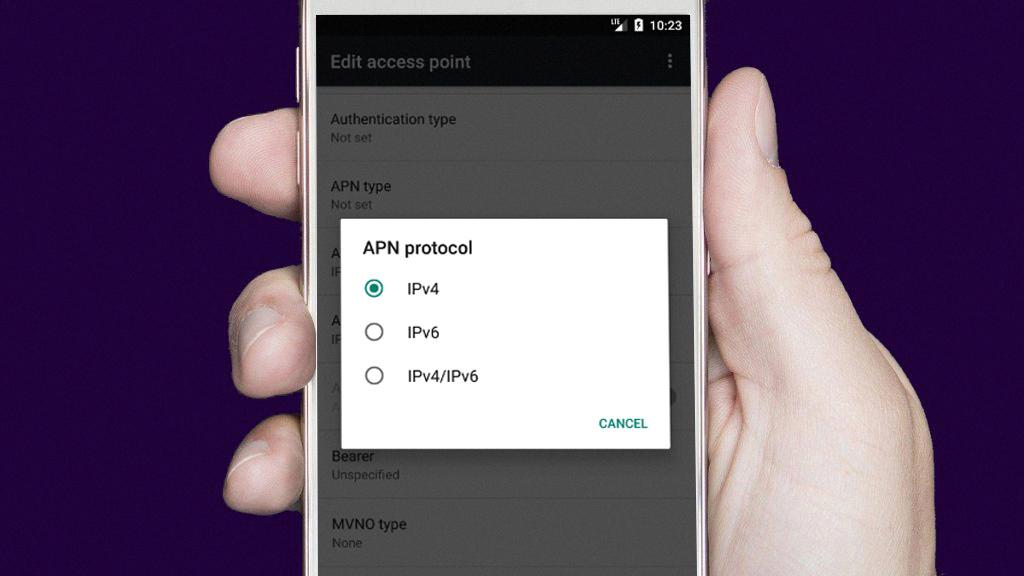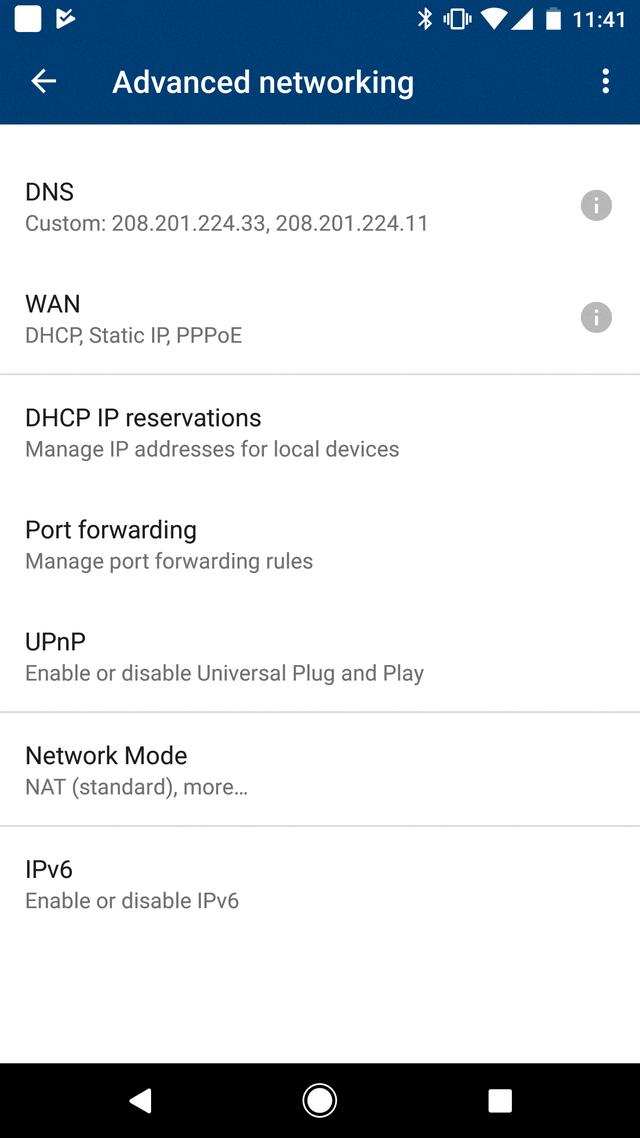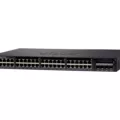Android devices are increasingly relying on IPv6 technology to keep up with the ever-evolving internet. However, some users are reporting connectivity issues when IPv6 is enabled, making it necessary to disable it. In this blog post, we will explain how to disable IPv6 on your Android device.
First, you need to open the Google Home app. Tap Wi-Fi Settings and then Advanced Networking. Then turn on IPv6 and tap Save. After that, open Settings -> Connections -> Mobile networks -> Access Point Names and select your mobile operator. Scroll down to the APN protocol and select it. Finally, select IPv4 which will disable the IPv6 connection for your device.
The process of disabling IPv6 on Android devices is easy but can be confusing for some users. That’s why we recommend following these steps carefully to make sure that your device is properly configured for optimal performance. Also, if you experience any issues or have any questions about disabling IPv6 on Android devices, you should consult the user manual of your particular device or contact customer support for assistance.
disabling IPv6 on Android devices can help improve performance and prevent connectivity issues from arising due to outdated protocols such as IPv4. We hope that this blog post has helped clarify how to disable IPv6 on Android devices so that you can enjoy a seamless internet experience free from interruptions!

Should I Disable IPv6 on My Android Device?
Disabling IPv6 on Android may be beneficial in some situations, such as if you are experiencing connection issues. However, it is important to keep in mind that IPv6 is the latest version of the Internet Protocol and provides many advantages such as improved performance and security. Therefore, if your device and network are compatible with IPv6, it is usually best to keep it enabled. If you decide to disable IPv6, you will need to disable it on your mobile data network; unfortunately, it is not possible to disable IPv6 through Wi-Fi network settings on an Android device.
Forcing Android Phones to Use IPv4
To force your Android phone to use IPv4, you need to first access the Access Point Names (APN) settings. This can be found in your device’s Settings menu under Connections > Mobile networks > Access Point Names. Once you’ve selected your mobile operator, scroll down and select the APN Protocol option. From here, select IPv4 and then save the settings. Your device should now be using IPv4 as its protocol for data connection.
Changing IPv6 to IPv4 on Android Devices
To change IPv6 to IPv4 in Android, start by going to “Settings” > “Connections” > “Mobile networks” > “Access Point Names.” Select your mobile network operator. Scroll down to “APN protocol.” To disable IPv6, select “IPv4” in the menu. After making the selection, click on ‘Save’ and you are all set! This will enable IPv4 on your Android device and disable IPv6.

Source: yopqo.com
The Impact of Disabling IPv6 on Internet Speed
No, disabling IPv6 will not increase your internet connection speed. In fact, it may even decrease your speed in certain situations. While IPv6 and IPv4 are both used to access the internet, IPv6 is the newer protocol designed to replace IPv4 in the future due to its superior capabilities. Disabling IPv6 will reduce your ability to connect to certain websites and services that use only IPv6, such as some streaming services. This could potentially lead to slower speeds when trying to access these sites or services.
In addition, many of today’s home networks use a dual-stack implementation which means they use both protocols simultaneously. If IPv6 is disabled on one device but not all devices are on the same network, this can cause issues with communication between devices using different protocols and lead to slower speeds in general.
Therefore, disabling IPv6 will not increase your internet connection speed and could actually have a negative effect on performance.
Do Android Phones Utilize IPv6?
Yes, Android phones do use IPv6. All modern Android devices support and use IPv6, which is the latest version of the Internet Protocol (IP). This allows them to connect to the internet and other devices over a more secure and efficient connection. Compared to IPv4, IPv6 has a much larger address space and improved security features, making it an ideal choice for mobile devices. Additionally, most mobile networks have begun to transition from using IPv4 to IPv6 in order to keep up with the growing number of connected devices.
Finding Your IPv6 Address on Android
To find your IPv6 address on an Android device, first go to the System Settings and tap on Network & Internet. Next, tap on Mobile network and then Advanced. Then tap on Access Point Names and select the APN you are currently using. After that, tap on APN Protocol and then IPv6. Finally, save the changes you have made. Once this is done, your IPv6 address should be visible in the settings menu.

Source: reddit.com
Conclusion
In conclusion, disabling IPv6 on an Android device can be beneficial for preventing potential connectivity issues. To disable IPv6, users need to open the Control Panel and uncheck the box next to Internet Protocol Version 6 (TCP/IPv6). Additionally, users can also turn on IPv6 in the Google Home app by going to Wi-Fi Settings and Advanced Networking. By following these steps, users will be able to successfully disable IPv6 on their Android devices.








